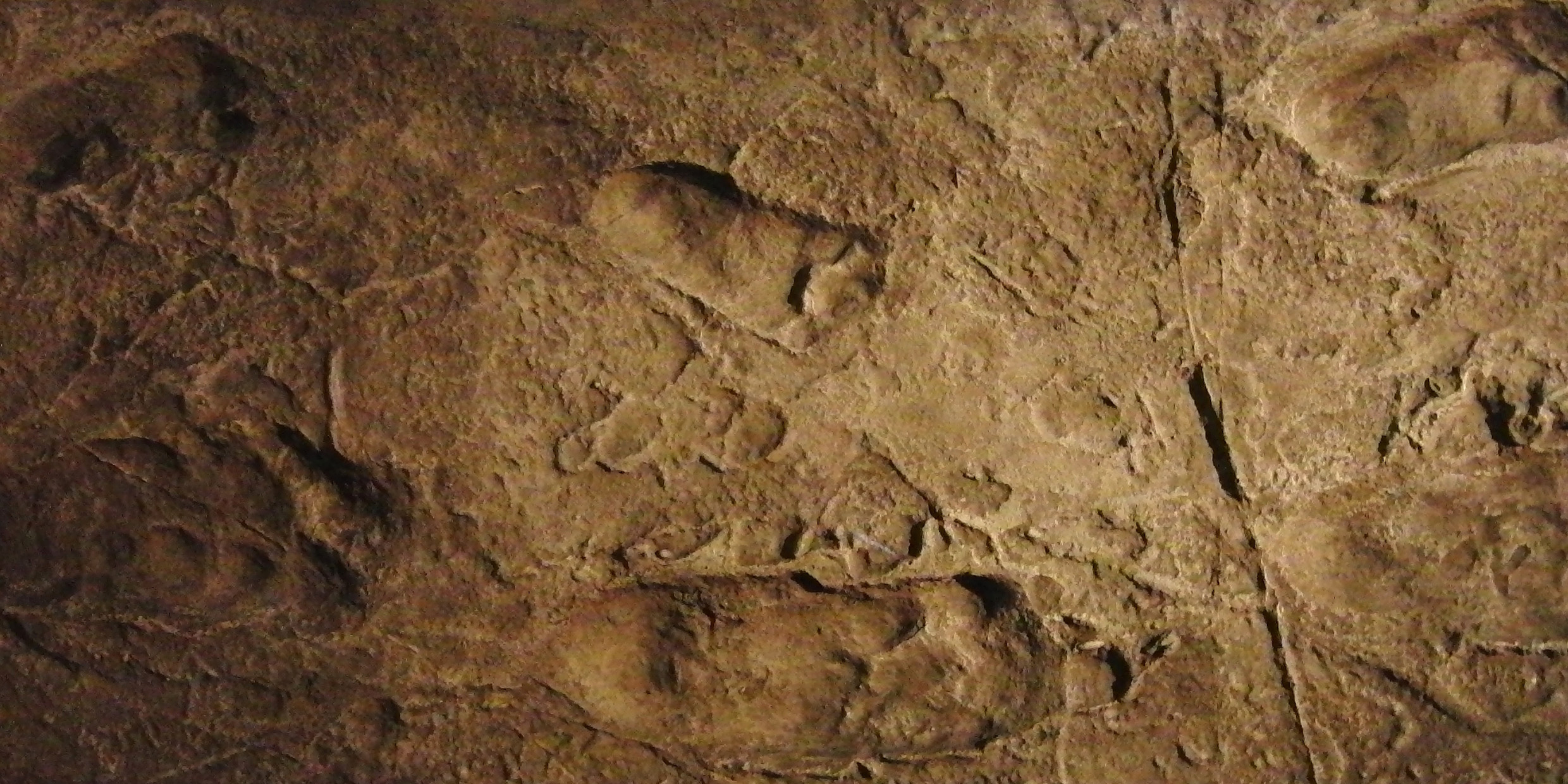Originally published 19 January 1998
For more than two decades, Donald Johanson has searched the Great Rift Valley of East Africa for bones of our early ancestors. Most famously, he is the discoverer of Lucy, the fairly complete skeleton of a female hominid, or human ancestor, who lived about 3.2 million years ago.
Today, Lucy’s bones lie in the National Museum of Ethiopia, where she is tagged with the more prosaic appellation AL 288 – 1. But her evocative image is available to us in a splendid book, From Lucy to Language, which Johanson co-authored with science writer Blake Edgar, illustrated by fossil photographer David Brill.
The first half of the book is a review of the goals, methods, and discoveries of paleoanthropology, handsomely illustrated with Brill’s photographs. The second half of the book, called “Encountering the Evidence,” is a sort of family album, a gorgeously presented survey of the most important hominid fossils, with each skull, jaw, or collection of bone fragments glistening in a rich bronze patina against a black background.
Few sciences have generated such vigorous controversies as paleoanthropology. This is partly due to the fragmentary nature of the evidence, partly due to the strong personalities of some of the scientists involved, and partly because the whole question of human origins has been laden with emotional baggage at least since the time of Darwin.
Nevertheless, a broad consensus has begun to emerge concerning human ancestry, and the story told by the fossil bones has been generally confirmed by molecular biology.
In recent years it has become possible to quantitatively compare the DNA and proteins of regional populations of humans, or humans and other animals. For example, modern humans share 99 percent of their genetic material with chimpanzees, who appear to be our closest relatives. This does not mean, of course, that we are descended from chimps, but rather that we have a common ancestor somewhere deep in our past, probably about 6 or 7 million years ago.
Bones and genes also consistently point to East Africa as the habitat of our earliest hominid ancestors.
And that’s where we find Lucy, the only fossil human with a widely-recognized proper name (from the Beatles’ song Lucy in the Sky with Diamonds). She was excavated in the fossil-rich volcanic landscape of the Afar Triangle in Ethiopia, at the mouth of the Red Sea. She consists of 47 bones, about a fourth of a complete skeleton, enough to let her come alive on the page of the family album.
Lucy is a fine example of Australopithecus afarensis, commonly considered ancestral to all, or almost all, later hominid species. She was a little over three feet tall, with long arms. That she walked erect is confirmed by a fine trackway of A. afarensis footprints discovered at Laetoli, Tanzania, in 1976. Two individuals walked side by side through fresh volcanic ash, perhaps a parent and child. At one point, they seem to have paused and turned to look toward the west.
One of those footprints is reproduced in the album; the impression reveals a strong heel strike, the longitudinal arch and ball of the foot, and a deep indentation of the big toe. Across the millions of years, the Laetoli print invites us to place our own bare foot into the impression, and to feel the bond of ancestry that links us to Lucy’s kind.
As one turns the pages of the family album, we confront a series of skulls or partial skulls that brings us through the many-branched family tree of Lucy’s descendants. Some of these individuals belonged to lineages that became extinct. Others led ultimately to modern humans by pathways that are not yet entirely clear.
Although the precise genealogy of Homo sapiens is hotly contested by paleoanthropologists, the general sweep of development is clear from the photographs: As we move forward in time, the skulls become unmistakably more modern, more closely resembling our own.
The evidence for our family tree is sparse, but year by year the evidence grows more voluminous, and year by year the essential story it tells becomes more irresistibly clear. Darwin’s prescient guess was right: We are distant cousins of the chimps, and our original home was the volcanic grasslands of East Africa.
But there is another way to look at the fossils in the family album. Each of these gleaming skulls was an individual, with a unique identity. Behind the gaping eye sockets was a dawning of self-awareness, although we may never know the precise moment when lips first formed the words “I love you,” or “I am afraid,” or “My God, look at the beauty of the night.”
We turn the pages of the family album, forward, backwards, searching the fossil fragments for the true beginning of humankind. Did it occur when crude tools first begin showing up with the bones? Or when rock paintings and carved figurines make their appearance? Or with evidence for deliberate burial with funerary goods?
Or was it earlier, several millions of years ago, when a parent of Lucy’s kind paused as she crossed a field of warm volcanic ash, and gripped her child’s hand more tightly as she looked away to the west, to the danger of an erupting volcano?
That gentle, reflective squeeze of a child’s hand at the dawn of time may be the moment in our family album when we became recognizably different from every other creature on planet Earth — destined for a life of conscious thought, moral responsibility, and cosmic wonder.



